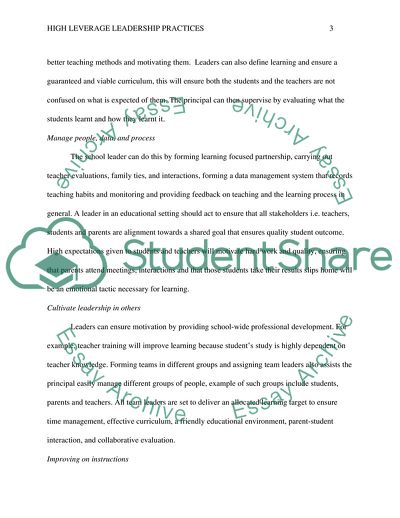Cite this document
(Improving Leadership Practices Essay Example | Topics and Well Written Essays - 1250 words, n.d.)
Improving Leadership Practices Essay Example | Topics and Well Written Essays - 1250 words. https://studentshare.org/education/1832996-high-leverage-leadership-practices
Improving Leadership Practices Essay Example | Topics and Well Written Essays - 1250 words. https://studentshare.org/education/1832996-high-leverage-leadership-practices
(Improving Leadership Practices Essay Example | Topics and Well Written Essays - 1250 Words)
Improving Leadership Practices Essay Example | Topics and Well Written Essays - 1250 Words. https://studentshare.org/education/1832996-high-leverage-leadership-practices.
Improving Leadership Practices Essay Example | Topics and Well Written Essays - 1250 Words. https://studentshare.org/education/1832996-high-leverage-leadership-practices.
“Improving Leadership Practices Essay Example | Topics and Well Written Essays - 1250 Words”. https://studentshare.org/education/1832996-high-leverage-leadership-practices.


